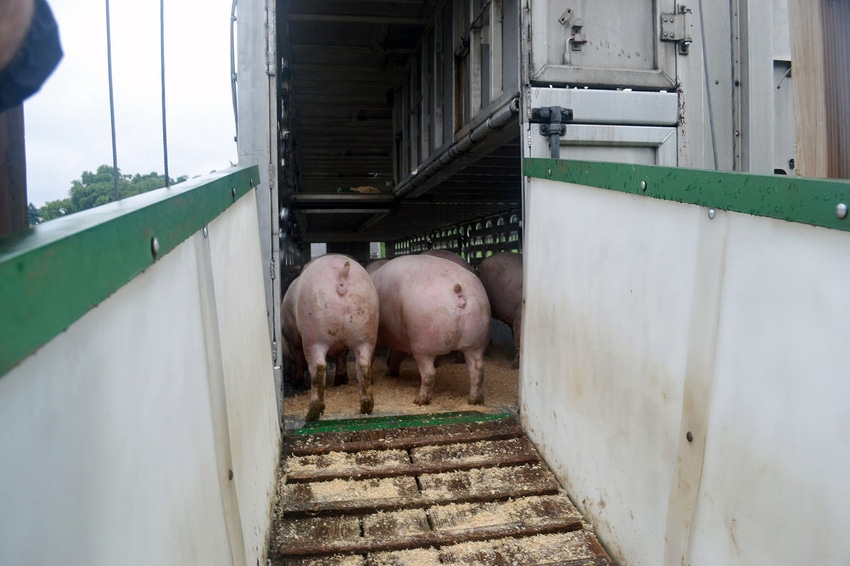Effective July 3, all swine packing companies subject to Livestock Mandatory Reporting will report their swine purchases under a new guidance.

You don’t have to pay real close attention to the happenings in our nation’s capital to know that there is constant motion. Of course, at other times it seems as though there is no activity taking place in the legislative chambers.
Constant motion is one thing true of most bills as they work their way through the process, such as we will find out as the health care debate ensues shortly.
Hog producers will be happy to hear that Mandatory Price Reporting, though authorized for five years, is a fluid, living and breathing rule.
As hog markets evolved over the years, MPR was seen as a way to improve transparency of markets and price discovery. Initially approved in 1999 as the Livestock Mandatory Reporting Act, MPR was reauthorized in September 2015, and is up for reauthorization in 2020.
Five years can be a long time to live with rules, especially when dealing with hog producers’ markets. Recent changes to the law have added prices for wholesale pork cuts, export sales data, a new “Negotiated Formula” category, and a requirement that hogs sold after a 1:30 p.m. reporting deadline be included in the next day’s price report.
During the recent World Pork Expo, Taylor Cox with the USDA Agricultural Marketing Service, told our friends at Swinecast that AMS is always open with industry groups, keeping an open ear and door to their concerns. At the end of March, AMS met with pork industry stakeholders and new reporting guidances already have, or are about to, take effect.
AMS is already accepting emailed inquiries from producers to verify their reported swine trades at [email protected].
Effective July 3, all swine packing companies subject to Livestock Mandatory Reporting will report their swine purchases under the following new guidance, if applicable:
Swine purchases based on the CME Lean Hog Index:
All purchases of swine where the base price is based on the CME Lean Hog Index as the pricing mechanism should be reported as a Swine or Pork Market Formula Purchase. These hogs are currently reported as Other Market Formula Purchases.
Any swine purchases formulated off of a future or option will continue to be reported as Other Market Formula Purchases. Following implementation, AMS will update the published reports by placing “Futures/Options” underneath the Other Market Formula label as a descriptor on the reports.
Formula purchases where the base price is known
Any formula based purchases of swine where the base price is known at the completion of negotiation should be reported as a Negotiated Purchase.
Any swine purchases using a formula price with an undetermined price at the completion of the negotiation will be reported as either a Negotiated Formula Purchase or a Swine or Pork Market Formula Purchase depending on the terms and times associated with the purchase.
Effective July 7, AMS will begin publishing the National Weekly Negotiated Sales Pork Reports (LM_PK610 and LM_PK611) on Friday afternoon of the current week instead of Monday morning of the following week.
Cox says AMS values to input from the livestock industry, “we enjoy the regular feedback.” He adds that some changes in the statute itself will require action from the House and Senate, and though the current MPR authorization is good until 2020, work is already under way for the next version. “We need to report to Congress in March of 2018, so we’re working on that now and we look forward to reauthorization,” he tells Swinecast. “We like to be adaptive” to the industry.
And who says government doesn’t listen?
About the Author(s)
You May Also Like



